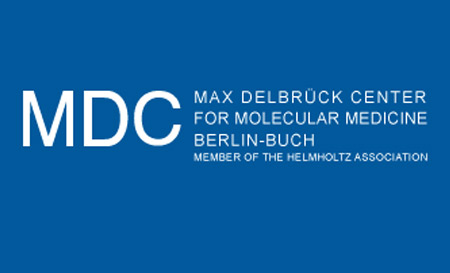
A person’s vulnerability to nicotine addiction seems to be backed up by his or her genetic basis. According to a fresh study undertaken by the Molecular Medicine (MDC) Berlin-Buch, Germany, a region in the midbrain called the habenula plays a crucial role in nicotine addiction. The investigation also throws light on the probable mechanism that underlies addiction to nicotine
Some two years ago, it was pointed that genetic variations in a specific gene cluster can be considered as risk factors for nicotine dependence and lung cancer. Hence, scientists thoroughly analyzed a specific receptor for the neurotransmitter acetylcholine. This receptor may be activated by nicotine in smokers and is encoded by this specific gene cluster. Even though this gene cluster is present in the DNA of every cell, the receptor appears particularly expressed in a few restricted areas of the brain. One of these areas seems to be the habenula in the midbrain.
“An important percentage of heavy smokers carry a single mutation in this gene. They are more prone to become addicted to nicotine and to develop lung cancer than individuals without this mutation,†explained Dr. Ibañez-Tallon.
While conducting the research, experts investigated this receptor and its subunits in egg cells of the African clawed frog (Xenopus laevis) as well as transgenic mice. One of the three genes of the cluster apparently is alpha5, while a second gene in the gene cluster encoding this receptor is beta4. It was suggested that transgenic mice expressing high levels of the beta4 gene have heightened sensitivity to nicotine. These mice possibly have a remarkable aversion to drinking water containing nicotine. The mutated variant of the alpha5 gene was expressed through a lentivirus in the habenular brain region of these mice. Two weeks later the mice supposedly displayed a preference for nicotine.
It was concluded that a balanced activity of these two genes can presumably govern over nicotine use.
